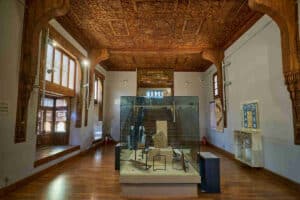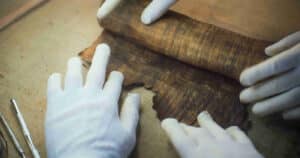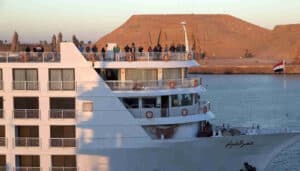There are many Egyptian obelisks in Rome. But why? As we tell in the Architecture page, it is a characteristic architectural element of Ancient Egypt. Some of them are authentic archaeological relics, such as the famous Unfinished Obelisk of Aswan, one of the cities where quarrying activity was most important.
Its spectacular nature, not without mystery and mysticism, attracted the foreign powers that, over the centuries, exercised their dominion in this territory. Their monumentality is beyond any doubt, but they are also shown as testimonies of the glorious past of the power that subtracted this obelisk in the past. This led many of them to leave the country and now decorate the most important squares of western countries.
Egyptian Obelisks in Rome: why?
If there is a non-Egyptian city where obelisks acquire an attraction in themselves, it is Rome. The ancient capital of the empire that dominated Ancient Egypt for several centuries treasures a special variety of Egyptian obelisks, some of them in the most emblematic places of the Italian and Vatican capital. And as a curiosity, almost all of them are crowned by a cross, symbol of Christianity.
Top 5 Egyptian obelisks in Rome
The ‘eternal city’ has a total of 13 obelisks, which contribute precisely to give it that consideration of ‘eternal city’. These are the 5 most representative:
- Obelisk in St. Peter’s Square: called the Vatican Obelisk. It lacks hieroglyphs and seems to have been quarried in Heliopolis and erected in Alexandria in the time of Caesar Augustus, so it has a Roman origin. It is made of red granite and since Pope Sixtus V ordered its transfer here in the seventeenth century (it had previously decorated Nero’s Circus and then fallen into oblivion), it was the central element of the square. It is one of the largest, with a height of about 40 meters.
- Obelisk of Piazza del Popolo: built in Heliopolis in times of the XIX dynasty (XIII century BC), in its hieroglyphic inscriptions there are references to Seti I and Ramses II. It was ordered to be transported by Augustus in 10 A.D. and located in one of the most important places of the capital of that empire: the Circus Massimo. Called the Flaminio Obelisk because it is located at the beginning of Via Flaminia, in one of the most popular squares in Rome.
- Piazza Navona Obelisk: it is located in an artistically outstanding place, that is, crowning the Fountain of the Four Rivers by Gian Lorenzo Bernini, which shows the great consideration that Egyptian obelisks have always had. In fact, this one in particular is a replica ordered to be built by Emperor Domitian in the first century A.D., to decorate the circus of Maxentius in the Roman city.
- Obelisk of Piazza della Minerva: it is one of the most striking because, in fact, it stands on the body of an elephant, a sculpture made by the aforementioned Bernini in the seventeenth century. This obelisk does come from Egypt, as it was ordered by Domitian to be brought from Heliopolis. As a curiosity, it is likely that the Spanish painter Salvador Dalí was inspired by this monument for the iconography of some of his paintings.
- Obelisk of Piazza della Rotonda: another of the mythical squares of Rome that has an obelisk in its center is this square, where the Pantheon of Agrippa is located. It is called Macuteo Obelisk because it is located in front of the church of San Macuto. It was made in the time of Ramses II in Heliopolis and was brought to Rome to decorate a temple dedicated to the Egyptian goddess Isis.
Finally, it should be said that, unlike other monuments and works of art located outside of Egypt, such as the bust of Nefertiti or the Rosetta StoneEgypt has not shown a formal intention to recover these obelisks, perhaps because the histories of both powers intersected at the turn of our era.




